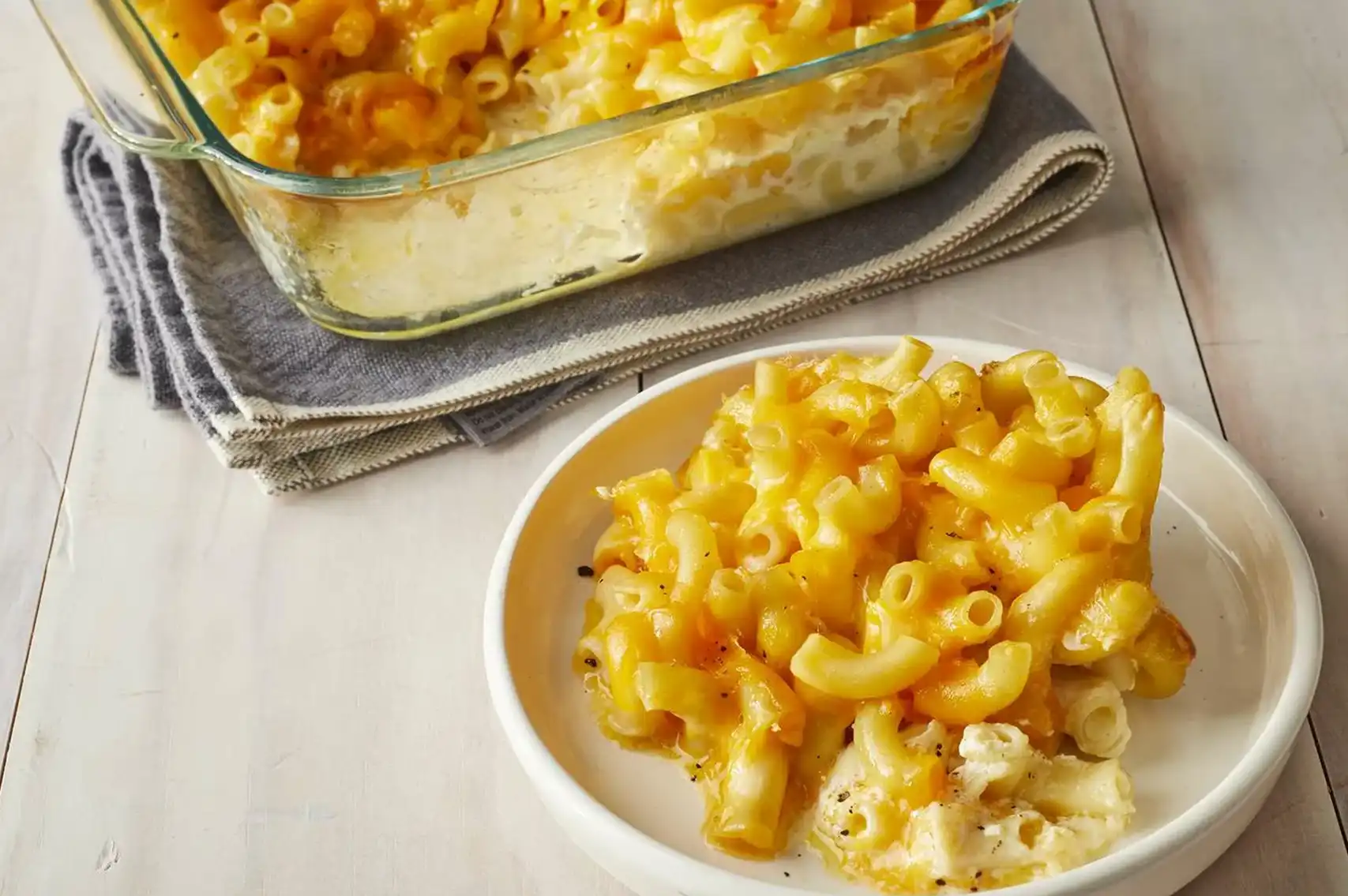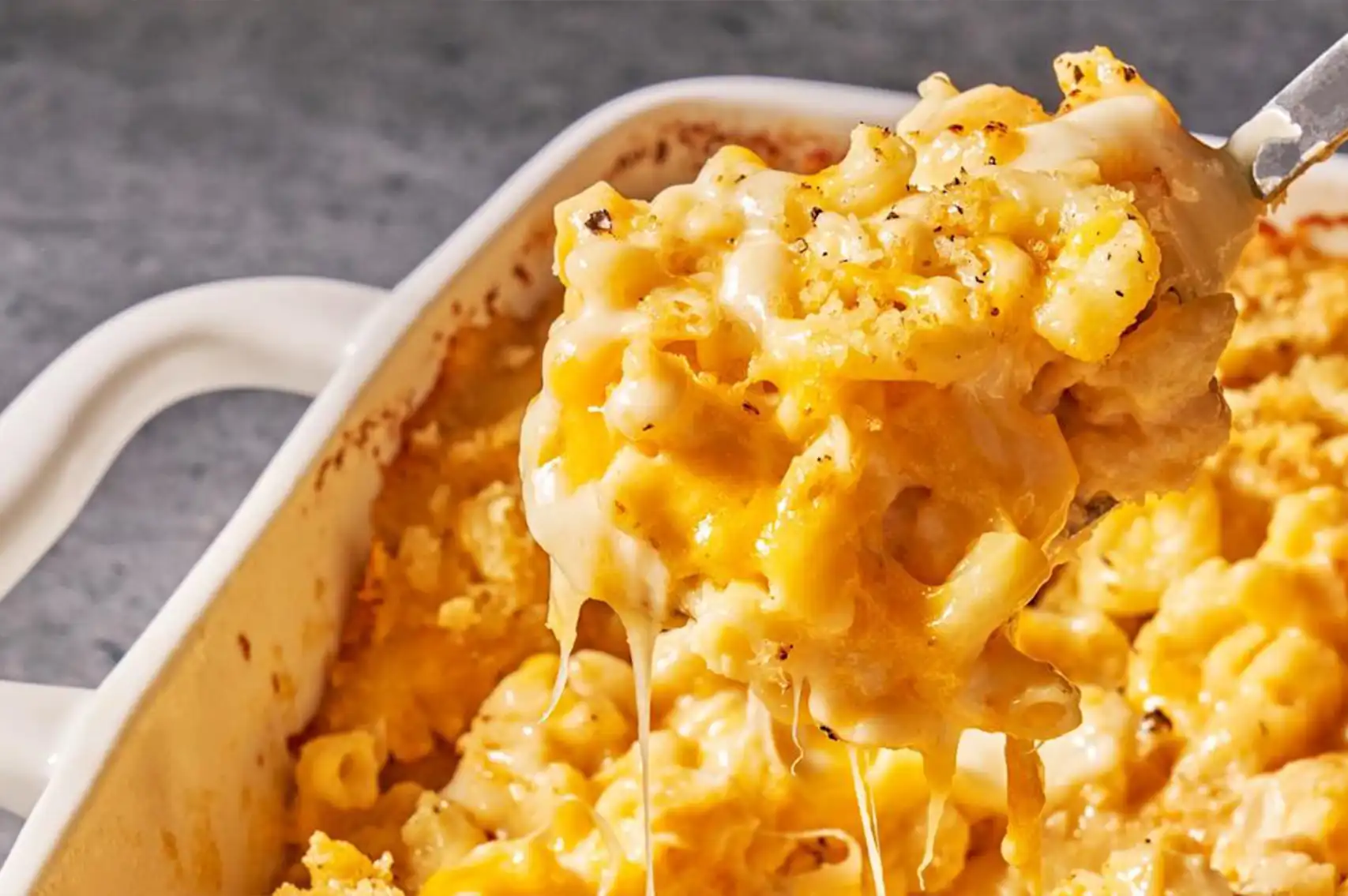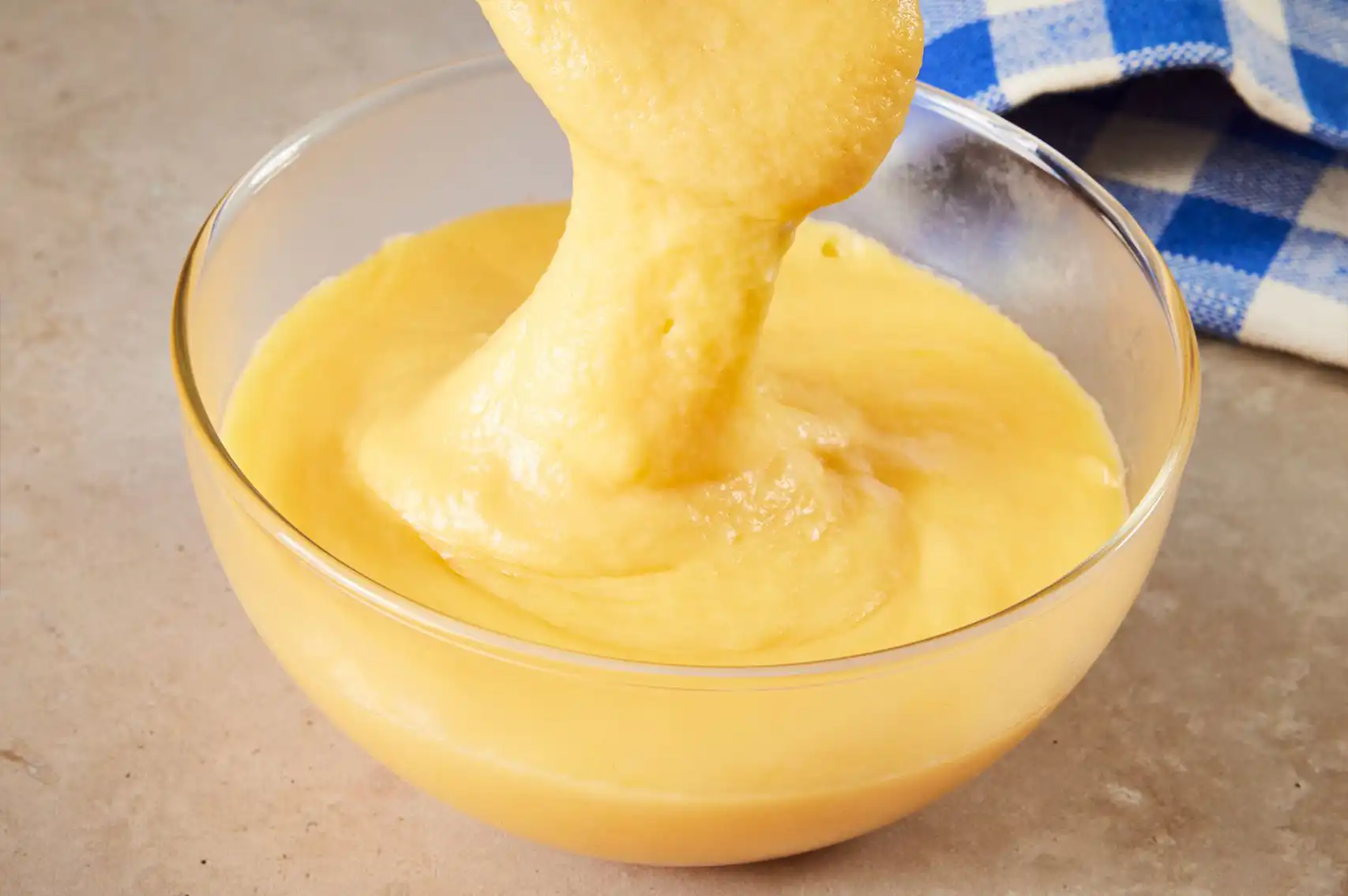Cheddar cheese sauce is a timeless favorite that transforms ordinary pasta into a comforting, creamy dish. Whether you're preparing a quick weeknight dinner or a family-friendly meal, learning how to make a cheddar cheese sauce for pasta can elevate your culinary game. This guide will walk you through a simple, step-by-step process to make a rich, smooth, and flavorful sauce that pairs perfectly with any pasta.
Is cheddar cheese sauce the same as cheddar cheese dip?
Cheddar cheese sauce is usually thin and pourable, designed to coat pasta, vegetables, or baked dishes. It’s cooked on the stove, often made with a roux (butter + flour) and milk, to create a smooth, creamy consistency.
Cheddar cheese dip, on the other hand, is typically thicker and meant for dipping chips, bread, or veggies. It may include additional ingredients like cream cheese, salsa, or spices, and it’s often served warm in a communal bowl rather than poured over food. So while both are cheesy and delicious, the consistency and intended use are different. You can use Calin’s Cheddar Dip as a substitute for cheddar sauce when making pasta.
Click to buy and order cheese with the best quality and price in Calin
Ingredients Needed for a Perfect Cheddar Cheese Sauce
Before diving into cooking, it's essential to gather all the necessary ingredients. Using high-quality components ensures your homemade cheddar pasta sauce is creamy and flavorful.
Basic Ingredients:
- 2 tablespoons unsalted butter
- 2 tablespoons all-purpose flour
- 2 cups milk (whole milk recommended for creaminess)
- 1 ½ cups shredded sharp cheddar cheese
- Salt, to taste
- Black pepper, to taste
- a pinch of nutmeg or mustard powder for extra flavor
Tips for Best Results
- Cheese Quality Matters: Choose freshly shredded cheddar instead of pre-shredded cheese. Pre-shredded varieties often contain anti-caking agents that prevent smooth melting. You can purchase Calin’s natural cheddar cheese and shred it fresh whenever you’re ready to make the sauce.
- Room Temperature Ingredients: Bringing milk and cheese to room temperature helps prevent curdling or clumping.
- Butter and Flour Ratio: The classic roux —equal parts butter and flour —is key to a smooth sauce.
Click to buy butter of the best quality.

Step-by-Step Guide to Making Cheddar Cheese Sauce
Step 1: Make a Roux
Start by melting the butter over medium heat in a saucepan. Once melted, whisk in the flour and cook for about 1–2 minutes. The roux should turn slightly golden but not brown. This process removes the raw flour taste and creates a thickening base for the sauce.
Learn more: Pasta Sauce Made with Cream Cheese
Step 2: Add Milk Slowly
Gradually add the milk while continuously whisking. This prevents lumps from forming and ensures a smooth, creamy texture. Continue to cook and whisk until the mixture thickens, which usually takes 5–7 minutes.
Step 3: Add Cheddar Cheese
Lower the heat to avoid burning the cheese. Gradually add shredded cheddar cheese, stirring constantly until melted and fully incorporated. Season with salt, pepper, and optional spices to taste.
Step 4: Combine with Pasta
Cook your preferred pasta according to package instructions. Drain and toss the hot pasta with the cheddar cheese sauce until evenly coated. Serve immediately for the best texture and flavor.
Variations of Cheddar Cheese Sauce for Pasta
One of the best parts of making your own cheese sauce for pasta is that it can be customized in countless ways. Here are some delicious variations:
- Spicy Cheddar Sauce: Add a pinch of cayenne pepper or chopped jalapeños for a spicy twist.
- Garlic and Herb Cheddar Sauce: Sauté minced garlic in butter before adding flour, and finish with fresh herbs like parsley or thyme.
- Smoky Cheddar Sauce: Use smoked cheddar for a deeper, richer flavor. Perfect with bacon bits or sautéed mushrooms.
- Creamy Veggie Cheddar Sauce: Blend in roasted cauliflower or butternut squash for extra creaminess and nutrition without losing the cheesy flavor.

Best Pasta Types to Pair with Cheddar Sauce
While cheddar cheese sauce works well with almost any pasta, some shapes hold the sauce better than others:
- Macaroni: The classic choice for mac and cheese.
- Fusilli or Rotini: Twists and spirals trap sauce for maximum flavor in every bite.
- Penne or Ziti: Tubular pasta lets the sauce seep inside, enhancing each mouthful.
- Shells: Small shells are perfect for holding pockets of melted cheddar.
Always cook pasta al dente since it will continue to cook slightly when mixed with the hot cheese sauce.
Storing and Reheating Cheddar Cheese Sauce
Storing:
- Store leftover sauce in an airtight container in the refrigerator for up to 3–4 days.
- Do not freeze, as cheddar cheese sauce can separate and become grainy when thawed.
Reheating:
- Warm gently over low heat on the stovetop.
- Add a splash of milk to restore creaminess and whisk continuously.
- Avoid high heat, which can cause the sauce to curdle or split.

Tips for Making the Best Cheese Sauce for Pasta
- Freshly Grate Your Cheese: Avoid pre-shredded cheese whenever possible.
- Use Medium Heat: High heat can cause the cheese to separate.
- Season in Layers: Taste and adjust seasoning after adding cheese, not before.
- Experiment with Mixes: Combine cheddar with Gruyère, Monterey Jack, or mozzarella for a richer, creamier sauce.
Why Homemade Cheddar Pasta Sauce Beats Store-Bought
Store-bought cheese sauces often contain preservatives, stabilizers, and artificial flavors. Making homemade cheddar pasta sauce gives you:
- Full control over ingredients
- Ability to customize flavor and texture
- A fresher, creamier, and more satisfying sauce
- No hidden additives or excessive sodium
Common Questions About Cheddar Cheese Sauce
Can I make cheddar cheese sauce without milk?
Yes! You can use alternatives like cream, half-and-half, or even unsweetened plant-based milk (such as almond or oat milk). Keep in mind that non-dairy milk may slightly alter the flavor and thickness of the sauce.
How do I stop cheddar cheese sauce from getting lumpy?
- Always add cheese gradually and on low heat.
- Whisk continuously to ensure smooth melting.
- Use a roux (butter + flour) as a base to stabilize the sauce.
How do I make the sauce thicker?
- Cook the roux slightly longer before adding milk.
- Reduce the sauce over low heat to your desired consistency.
- Add more cheese gradually to thicken naturally.


